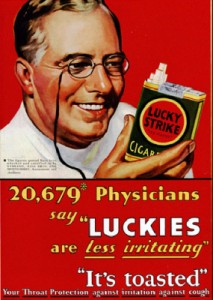Applicant Charged with Identity Theft for Using Another’s Social Security No.
Once in a while, after a private investigator runs a social security number, he or she may notice that there are several people associated with the same social security number.
Unless it is a case of a real-life Multiplicity (great movie, by the way, despite what those jerk critics said), what you probably have is someone who is an illegal alien purchasing a cloned social security number in order to get a job.
Often enough, employers look the other way because they want the cheap labor, but sometimes it’s just a case of pure fraud with the employer as much a victim as anyone else.
If this fact floats up during the defense of a workers’ compensation claim, the obvious position to take is that neither supplemental job displacement benefits, nor a return to work, are any longer entitlements of the allegedly injured employee.
A recent story, however, reflects that sometimes law enforcement organs of the state are ready to prosecute the criminal side of this fraud as well.
It appears that Blanca Rodriguez has been charged with two counts of felony identity theft by the San Bernardino County district attorney’s office. She allegedly used someone else’s social security number to file a workers’ compensation claim, and received benefits.
An injured worker might want to use an ill-gotten social security number for several reasons, not the least of which is to try to conceal the existence of past injuries.
The employer, however, can benefit from a fraud conviction by using it to derail the credibility of the applicant as to all claims: a WCJ would have to document why, despite the fact that the injured worker is a proven fraud, that workers’ compensation claims are truthful.
Some district attorneys, however, don’t want to pursue prosecution for workers’ comp fraud committed by the injured worker. The District Attorney of each county is elected, of course, and might do the voter calculations to favor workers over employers and insurers. In those cases, uninsured employers can expect to feel the cold bite of justice, but employees can rest assured that their crimes will not be addressed.
It is no secret that this humble blogger is pleased to see a District Attorney pursuing justice and the proper discharge of the duties entrusted to the office. As for all of us civilians, this should serve as a reminder that the social security number can be a valuable tool in verifying information and discovery fraud.
